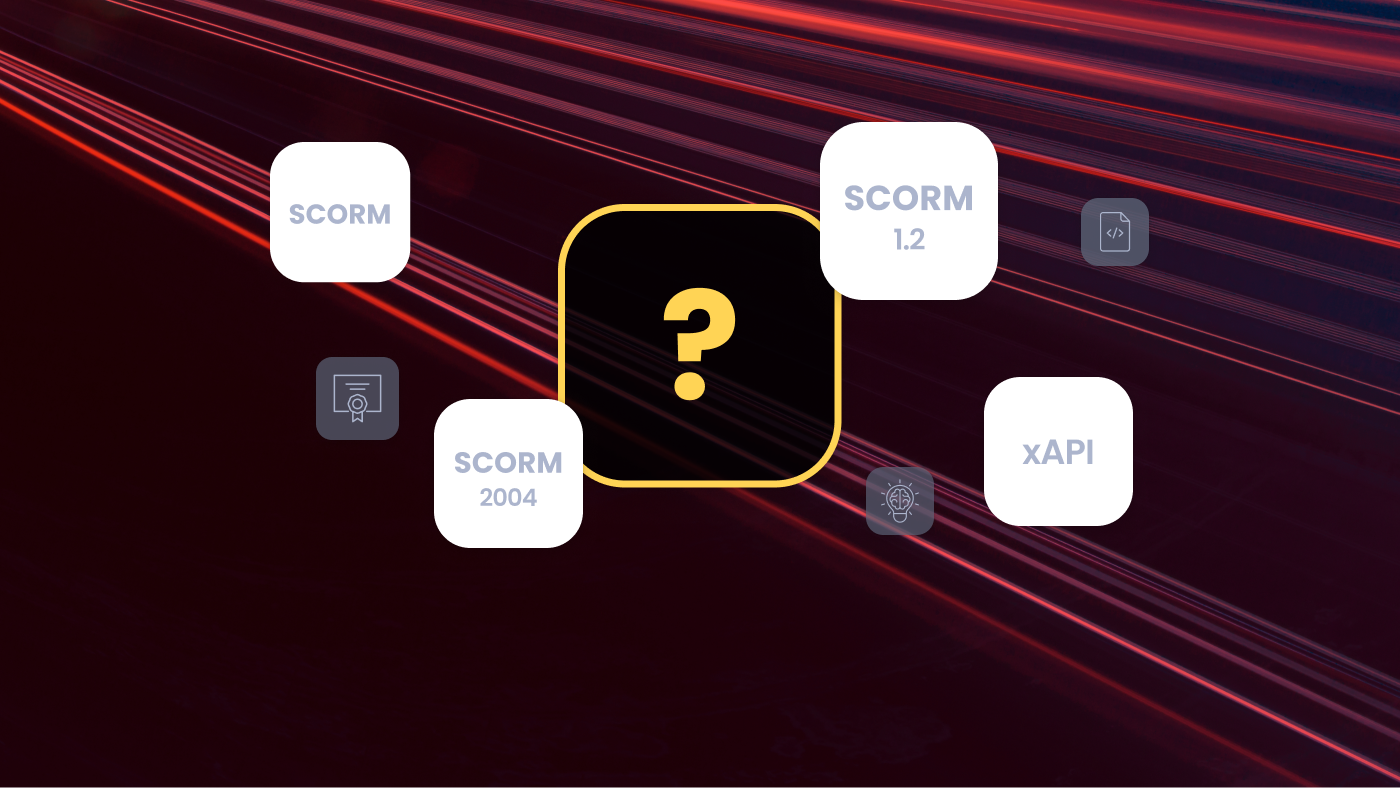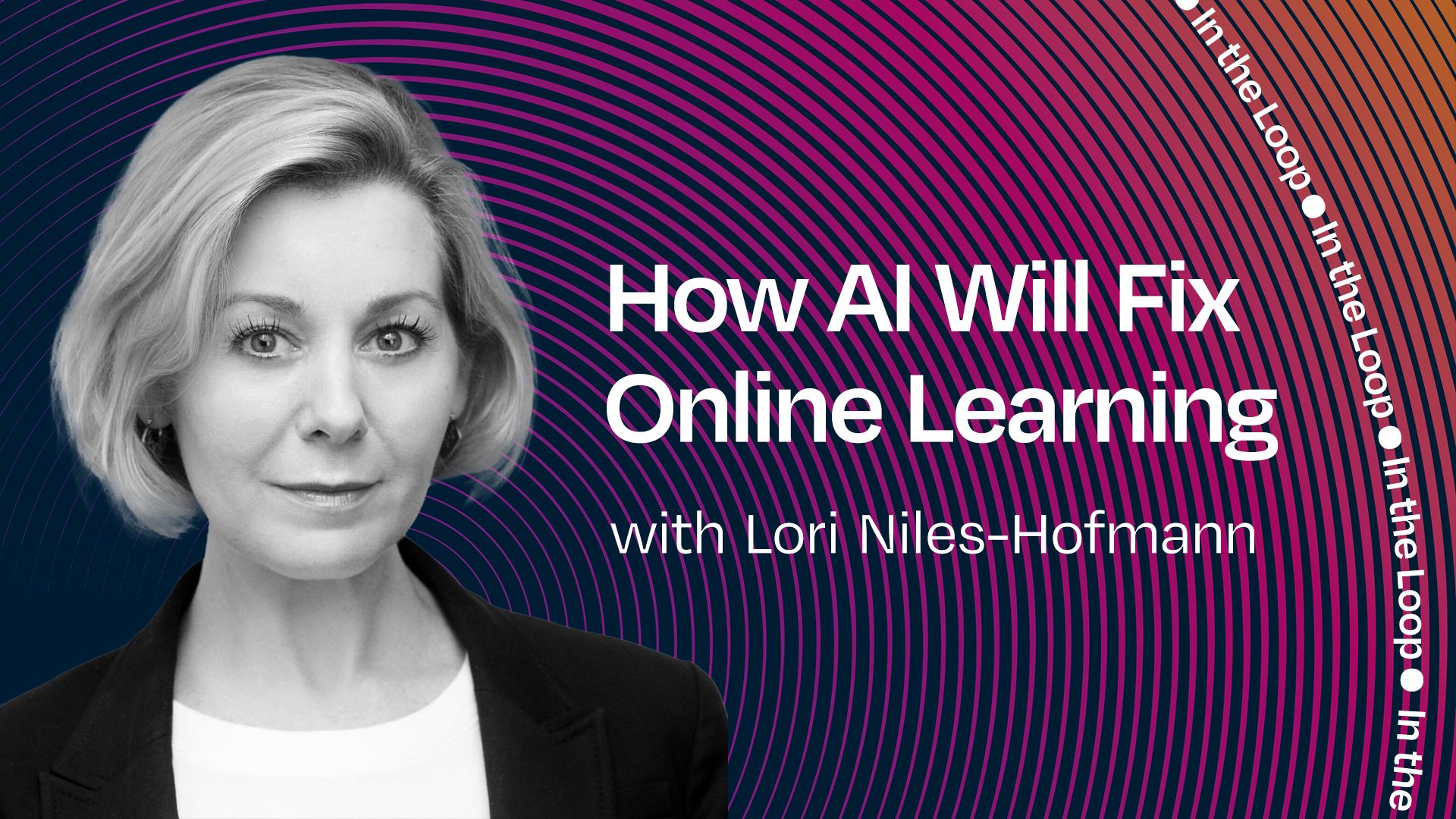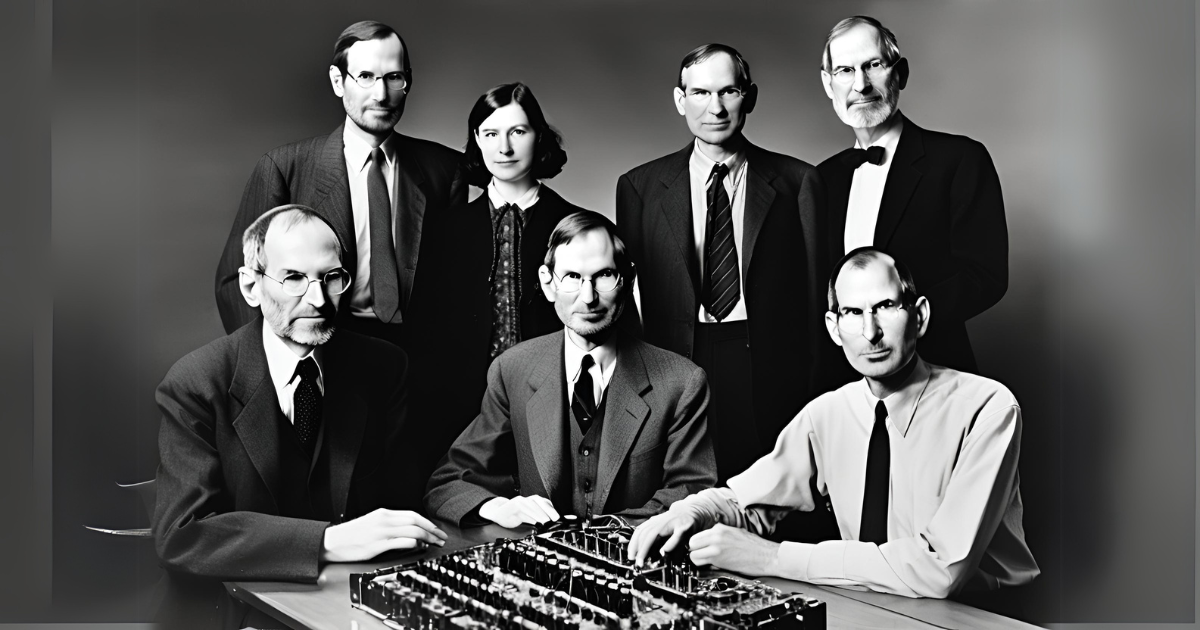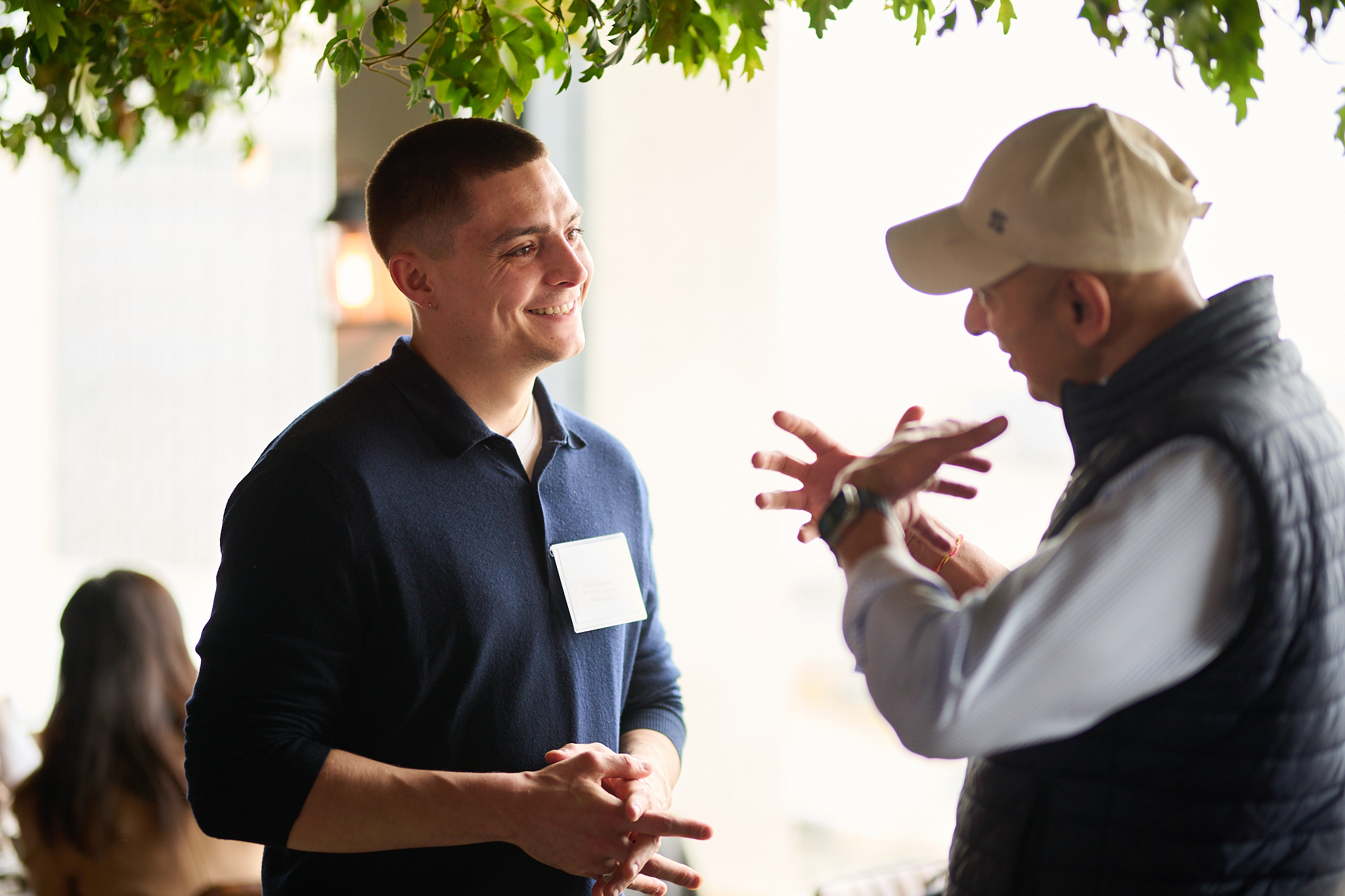AI’s Just Made Robotics Interesting Again | In The Loop Episode 35
.png)
Published by
Published on
Read time
Category
For over 60 years, we’ve been promised robots that can do almost anything. Robotics has earned a reputation as one of the biggest technology overpromises ever. But right now, something’s different.
This month—October 2025—over $6 billion has been poured into robotics by some of the biggest names in investing, all claiming the future is physical AI.
By the end of today’s episode, you’ll understand what’s changed, why people are suddenly pouring money into robotics, and whether we’re at the beginning of an iPhone-era moment or just another cycle of disappointment.
This is In The Loop with Jack Houghton. I hope you enjoy the show.
The new buzz around robots
Let’s set the scene. Ever since The Jetsons introduced a robot maid, technologists and robot makers have promised that household helpers were just around the corner.
Experts in the 1950s confidently predicted that by the year 2000, most American homes would have some form of automation—making coffee, closing windows, you name it. But we never reached that futuristic vision. Beyond being able to use a mobile app to shut windows in certain hotels, the reality hasn’t matched the hype.
And you can’t forget the disappointing robot vacuums and lawnmowers that have popped up over the years.
So why is someone suddenly pouring $6 billion into robotics ventures? Because that’s exactly what’s happened this month.
SoftBank—famous for some risky bets—just made headlines by investing $5.4 billion to acquire a major robotics division. Their CEO said SoftBank’s next frontier is physical AI.
Meanwhile, Elon Musk’s AI startup, xAI—part of X (formerly Twitter)—has begun hiring top Nvidia researchers to develop what they’re calling world models. These are AI systems that give robots an intuitive understanding of physical objects, gravity, and how the real world works.
You’ve probably also seen the humanoid robot called Figure making the rounds on Instagram. The Figure 03 robot is designed for household chores. In their demos, you can see it picking up clutter, unloading washers, and stacking dishes.
Naturally, the robotics ecosystem is racing to support these smarter machines. Nvidia has announced Project GR00T—a platform for training robots, which CEO Jensen Huang called “the foundation for making robots one of the most exciting problems to solve in AI today.”
Nvidia has partnered with nearly every robotics firm out there, from Agility and Boston Dynamics to startups like Figure and Sanctuary.
So yes, there’s renewed excitement around robotics right now—and the obvious question is: why this time?
The answer, in one word, is AI.
Not the version of AI that’s been around for decades, but the new breakthroughs in large language models that have completely changed how machines interpret vision and language.
Embodied AI, world models, and a new era of robotics
The big bet is that these same breakthroughs will give robots the adaptability and street smarts they’ve always lacked.
From birth, a human child learns by observing, experimenting, and trying again. Before the 2020s, robots couldn’t do that. They were either explicitly coded step by step or trained on narrow datasets—so as soon as they encountered something new, they froze or failed.
Modern language models are different. They’re adaptable, trained on vast amounts of data, and capable of reasoning about the world in flexible ways. That shift has turned old-school robotics on its head and made what once seemed impossible—robots that can learn and generalize—suddenly plausible.
Take Google DeepMind’s Robotics Center model. It wasn’t trained for one narrow task; it was trained to integrate vision and language. The result is a robot that can interpret commands and map them to the right actions.
When asked to “hand me a green vegetable from the fridge,” DeepMind’s Gemini-powered robot arm understood what a green vegetable is, identified the fridge, and delivered the item correctly.
Now, back to xAI and Elon Musk and the old-new concept of world models. These systems allow AI to simulate the physical world internally—predicting outcomes before acting—because they intuitively understand physics, cause and effect, and their environment. That adds a critical layer of reasoning beyond reflexes or pre-programmed behavior.
Another huge advancement comes from how training data is collected. Companies are using reinforcement learning at scale in virtual environments. Imagine thousands of virtual robots practicing tasks inside simulated worlds—learning through trial and error without real-world consequences.
If a virtual robot fails to stack dishes properly, nothing breaks, but it still learns from the mistake. That shared experiential data becomes part of its collective memory, which can later be applied to physical robots in the real world.
This kind of training has made previously difficult skills—like hand-eye coordination or distinguishing an open door from a window—much more achievable.
A great example is from Figure’s CEO, Brett Adcock, who said their AI robot learned to fold a towel after just 80 hours of training data—something that would’ve been unthinkable a decade ago.
Connectivity and infrastructure have also advanced dramatically. Cloud computing, the Internet of Things, and new frameworks allow robots to offload heavy computations to the cloud and receive over-the-air software updates.
In practice, that means when one robot learns something new, that knowledge can instantly be shared with every other robot in its network.
All of this explains the renewed excitement and investment we’re seeing in robotics today.
Physical AI reality check
However—and it is a big however—it’s never that simple.
Before we get carried away with all the exciting demos, it’s important to look at the real challenges. Even today’s most advanced robots still struggle with basic tasks in controlled environments.
A TIME report noted that during Figure’s towel-folding test, the robots frequently dropped items, failed to pick them up again, and needed engineers to step in mid-demo. I’m not criticizing for the sake of it—these are genuine obstacles that need to be solved if robotics is going to deliver value and make money in real-world settings.
This brings us to hype cycles. Robotics and AI have gone through countless waves of excitement followed by hard crashes. The pattern is predictable: hype builds, expectations soar, reality disappoints, and funding collapses.
We’ve seen this play out multiple times—the late 1980s, again in the 2000s with the rise of consumer robots like the early vacuum bots. After 2015, when many high-profile robotics startups shut down, investors became wary and walked away from the sector.
Even the most famous robotics companies have struggled to find commercial success. Take Boston Dynamics, for example. Their viral robots—the yellow dog-like Spot that runs around job sites or Atlas, the humanoid that can do backflips—have captivated audiences online. Yet, none of them have made meaningful revenue.
Google bought Boston Dynamics in 2013 but sold it to SoftBank in 2017 after failing to find a product-market fit. Then in 2020, SoftBank sold it to Hyundai for about $1.1 billion. Despite all the innovation and publicity, Boston Dynamics still hasn’t cracked the mass market.
Their Spot robot dog launched in 2019 at around $75,000 per unit and has mostly been used for site inspections. Atlas remains an impressive prototype with no clear commercial application.
And that’s the core issue: robotics is still too early.
You can sum up the industry’s challenges into three main buckets.
1. Real-world performance
Real-world performance remains unproven. Robotics demos are often heavily controlled, with mock environments and engineers on standby. A simple household task—like unloading a dishwasher—that takes a human two minutes might take a robot 20, assuming it doesn’t get stuck or break something in the process.
2. Cost
Robots are expensive. Agility Robotics’ humanoid model costs around $150,000. Tesla’s Optimus has an ambitious $20,000 target price, but that’s years away. Right now, the return on investment for general-purpose robots simply doesn’t add up, and we could still be decades away from viable consumer adoption.
3. Struggle with edge cases and generalization
A robot might learn to fold a specific towel perfectly, but if that towel is wet or has tassels, it often fails. There’s still a long way to go before these systems can handle the messy variability of the real world.
Closing thoughts
To conclude, if I ask whether AI-powered robots are here to stay and ready to empty the dishwasher, the answer is definitely no. Or maybe I'm being too harsh, maybe it's not quite yet.
But this moment feels a little different because there are real, big technology breakthroughs that overcome some of the major challenges robotics has faced over the last several decades. There's also a huge investment going into the sector, and many companies that were badly burned before are starting to come back to the table. Most people recognize that it might take several years, but robotics is going to be one of the most influential pieces of technology in human society.
If you think about how technology typically spreads, I expect industrial adoption first, then gradual home integration over the next 15 years. History gives us a lot of clues. Smartphones went from about zero to 50% global adoption in about 10 years. Personal computers took 15-20 years. Even robot vacuums, launched in 2002, took decades to reach 14% of U.S. households by 2023.
So robots and the technology surrounding them are receiving more funding. But it's still far off. And in many ways, the real question we should ask ourselves is whether we as a society are ready for them? One for another day. Anyway, that's it for today. I hope you enjoyed the discussion, and I'll see you next week.
Book a demo today.



.png)
.png)
.png)
.png)
.png)
.png)
.png)
.png)
.png)

.png)

.png)


.png)
.png)
.png)

.png)
.png)


.png)
.png)
.png)
.png)
.png)
.png)

.png)
.png)
.png)
.png)
.png)
.png)
.png)
.png)
.png)


.png)
.png)
.png)

.png)
.png)
.png)

.png)
.png)
.png)



.png)






.jpeg)